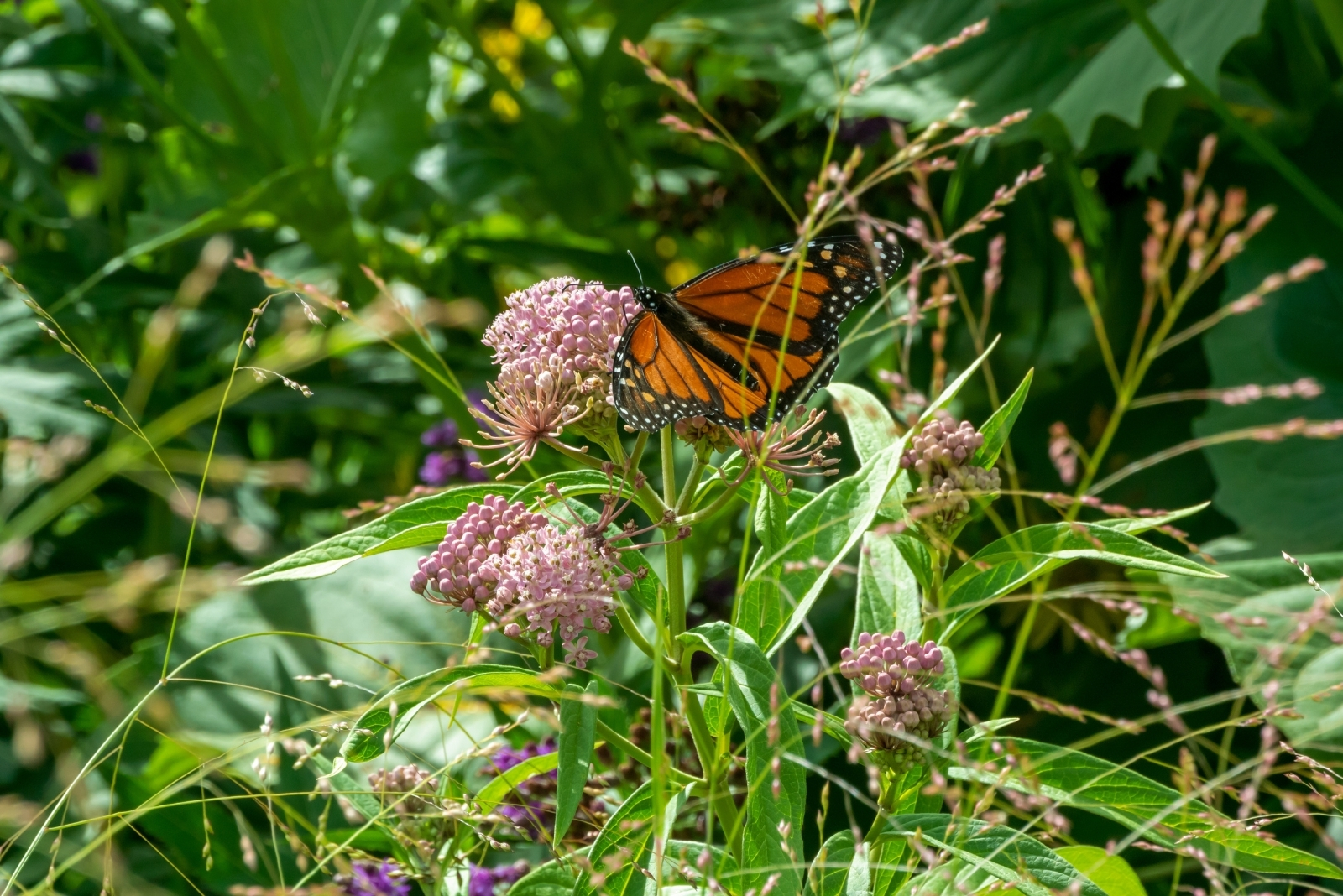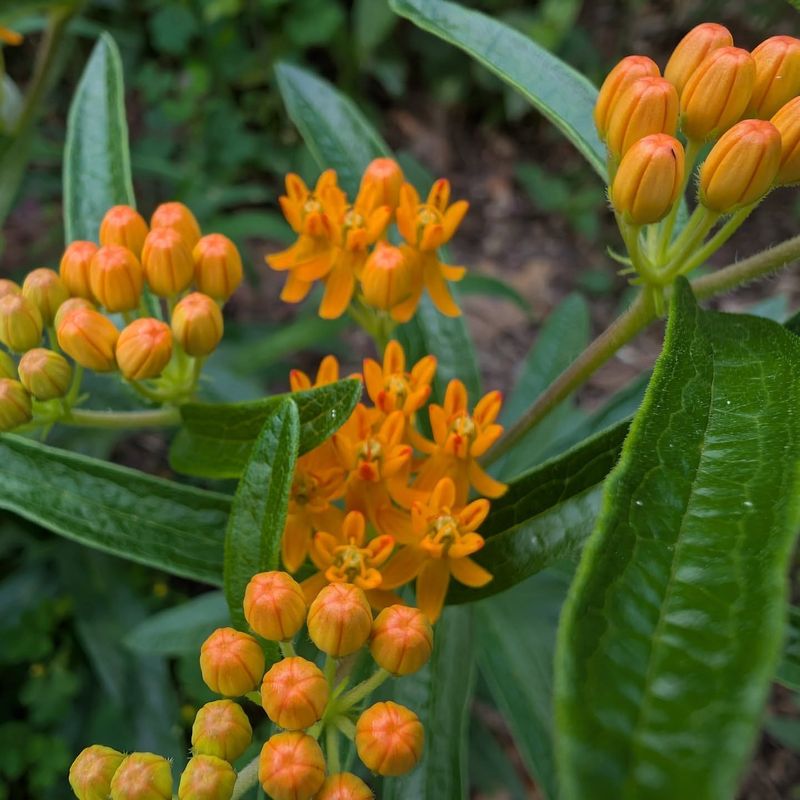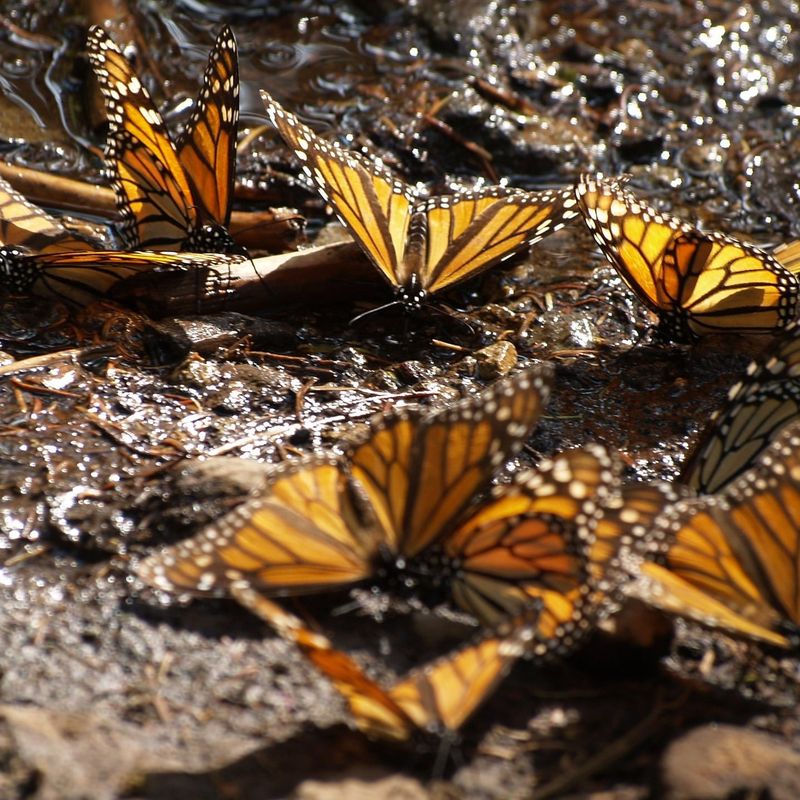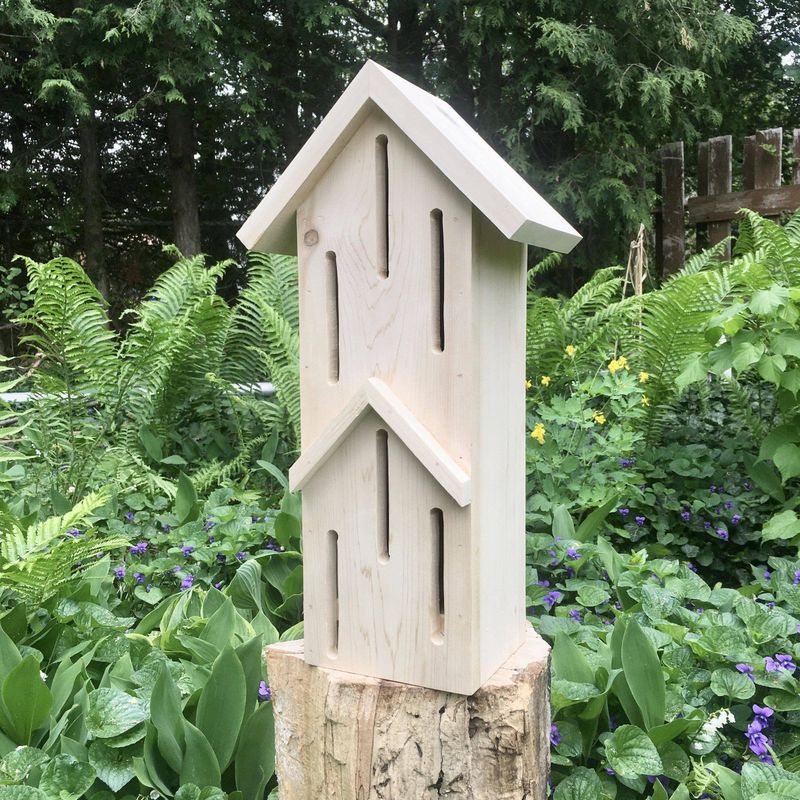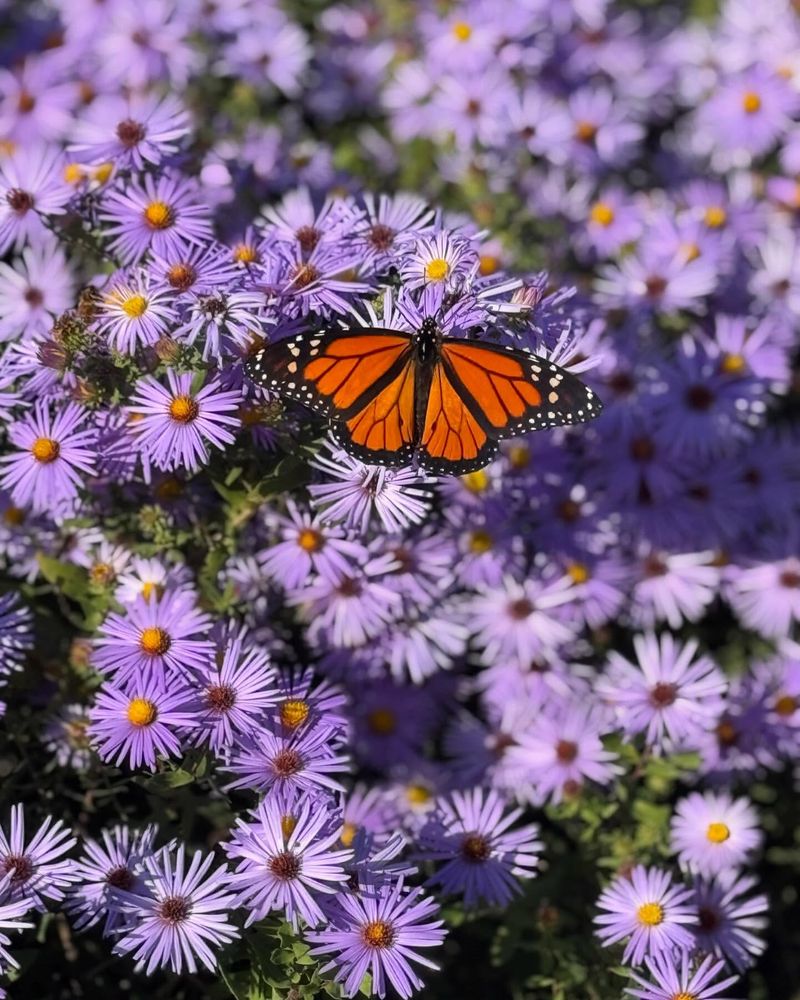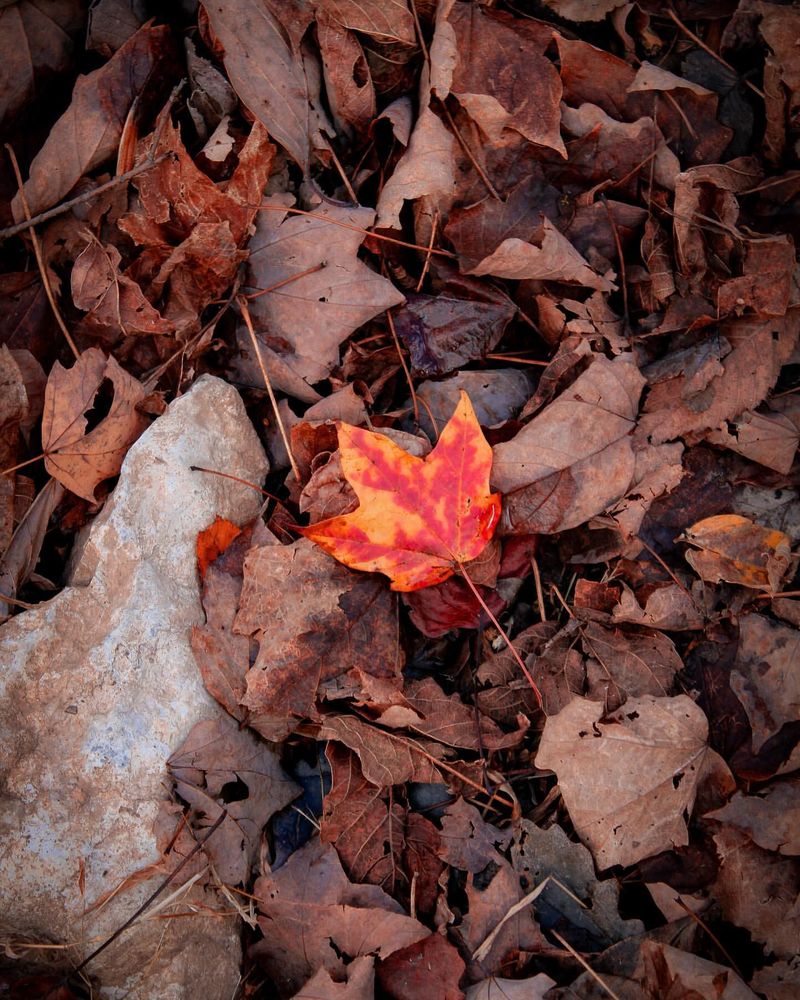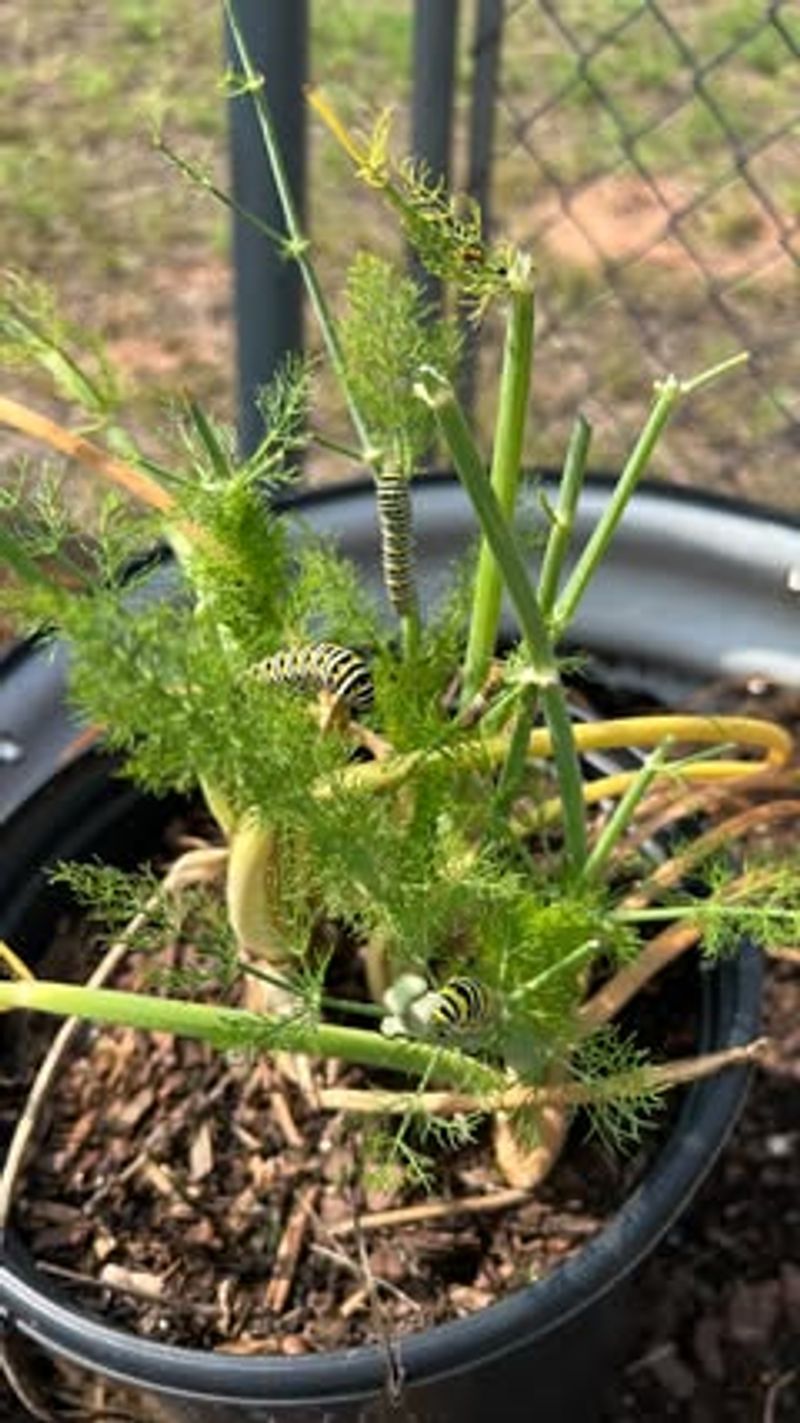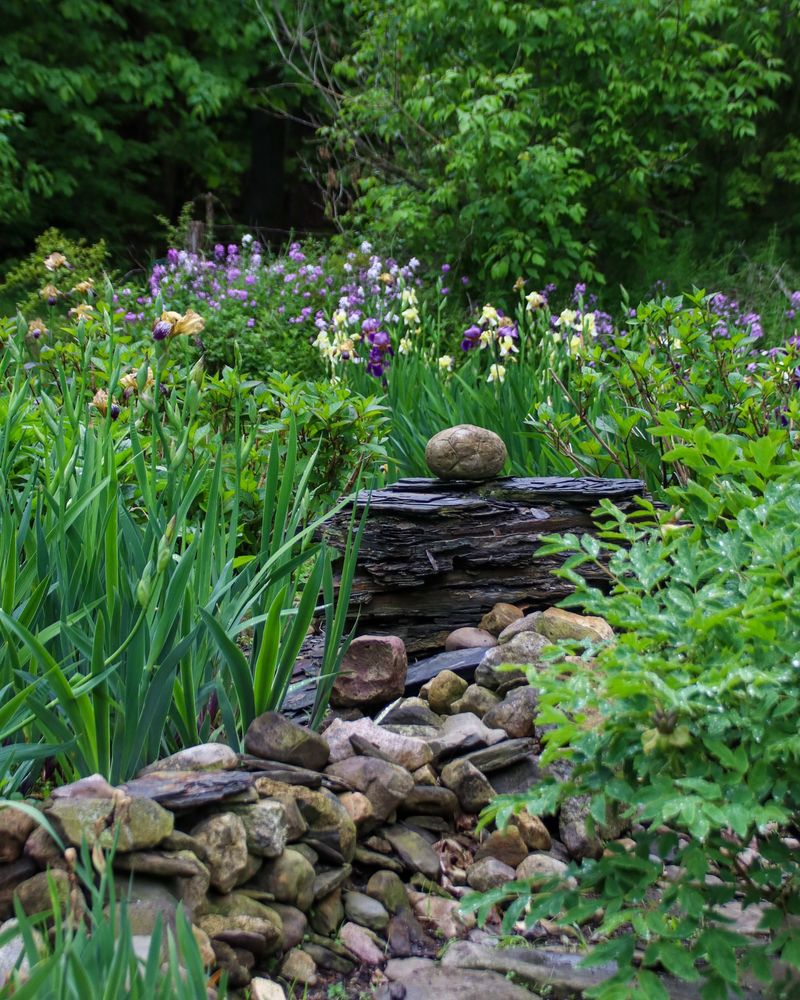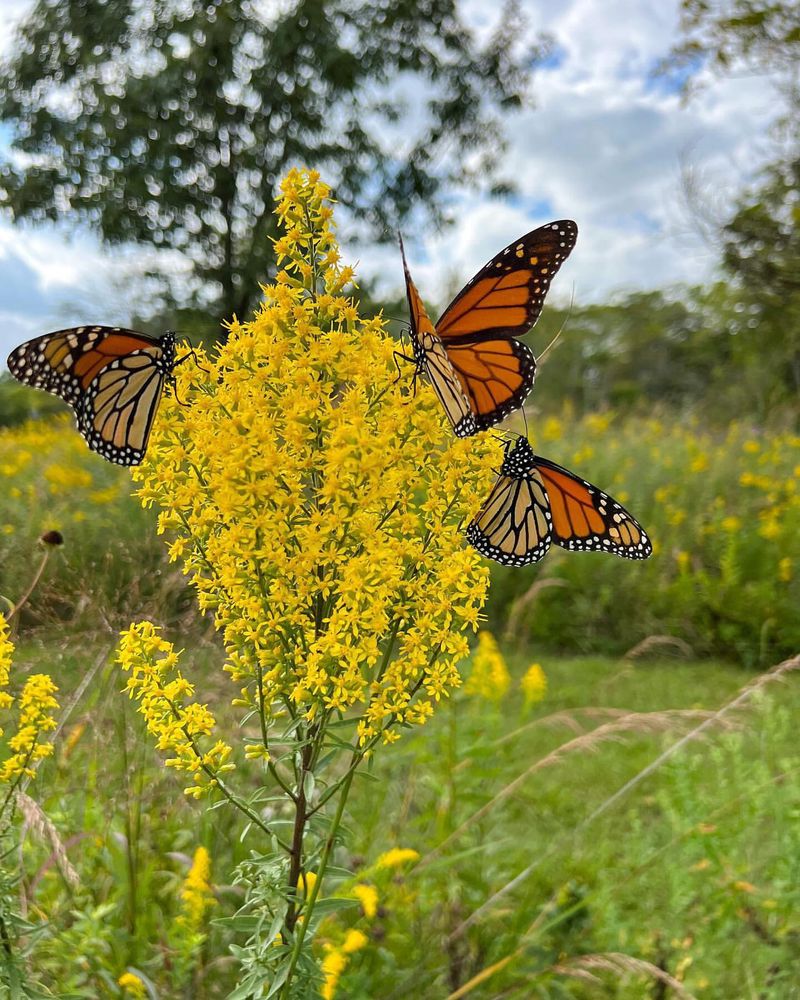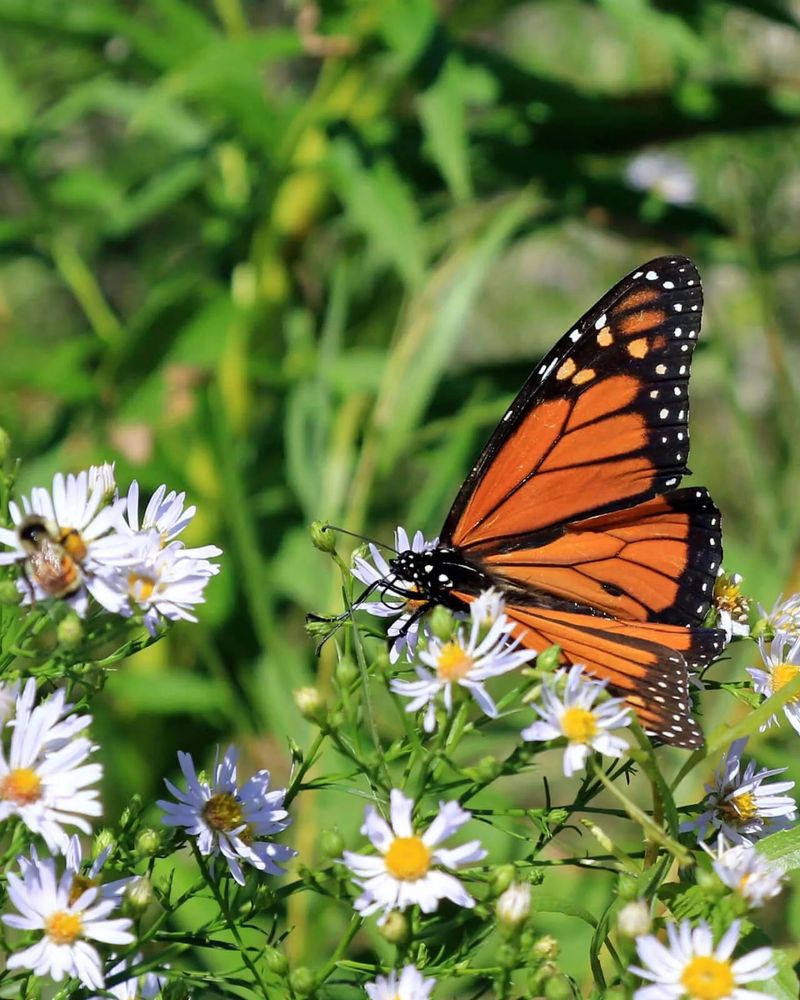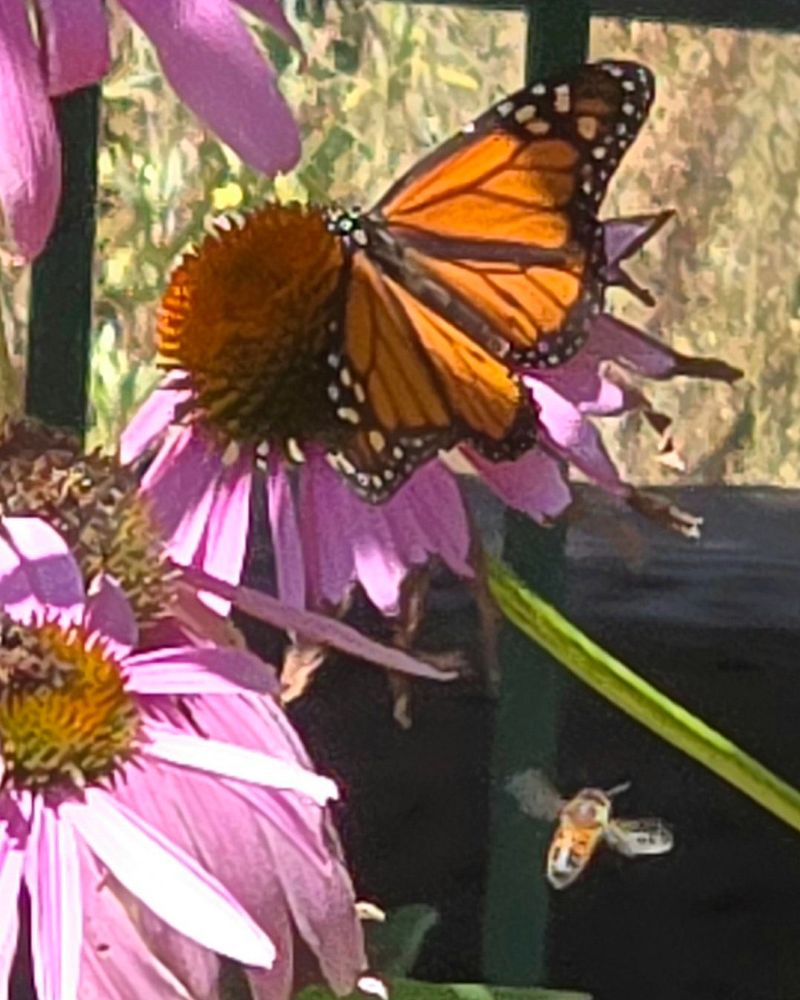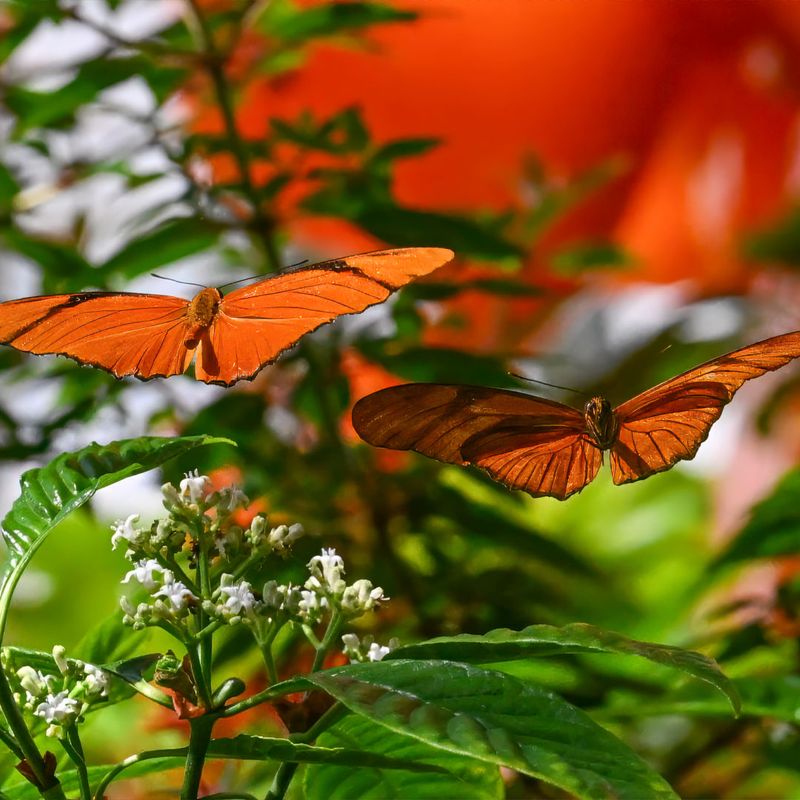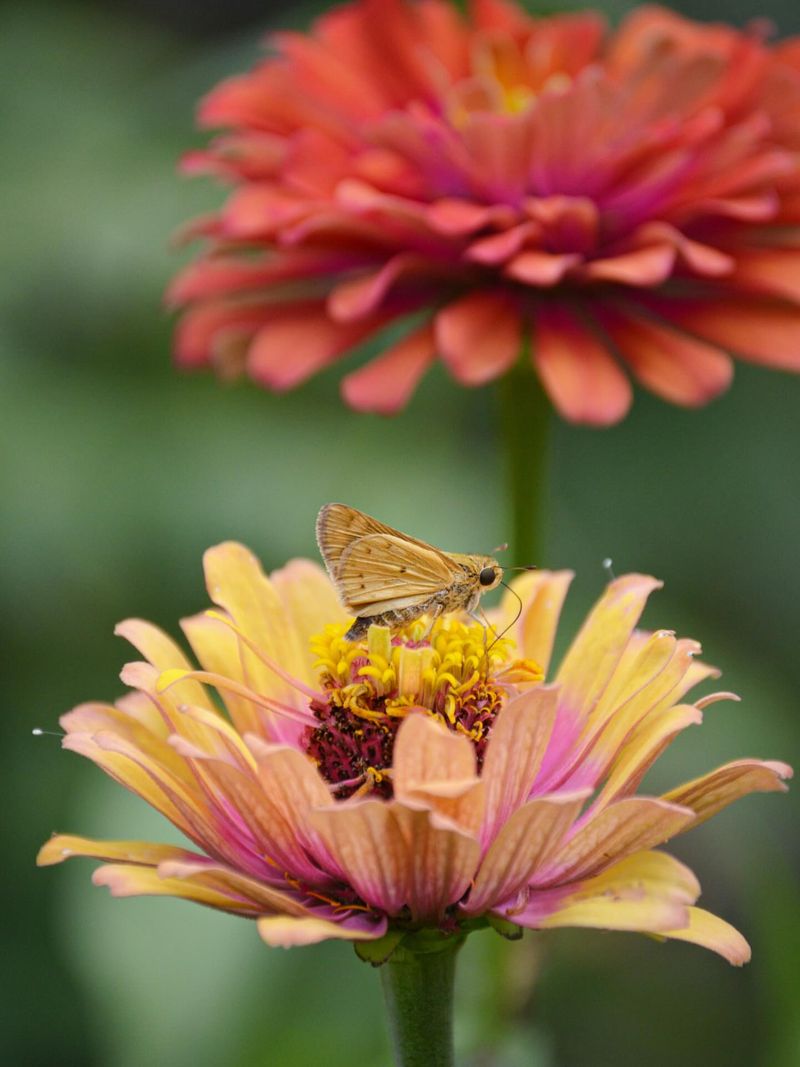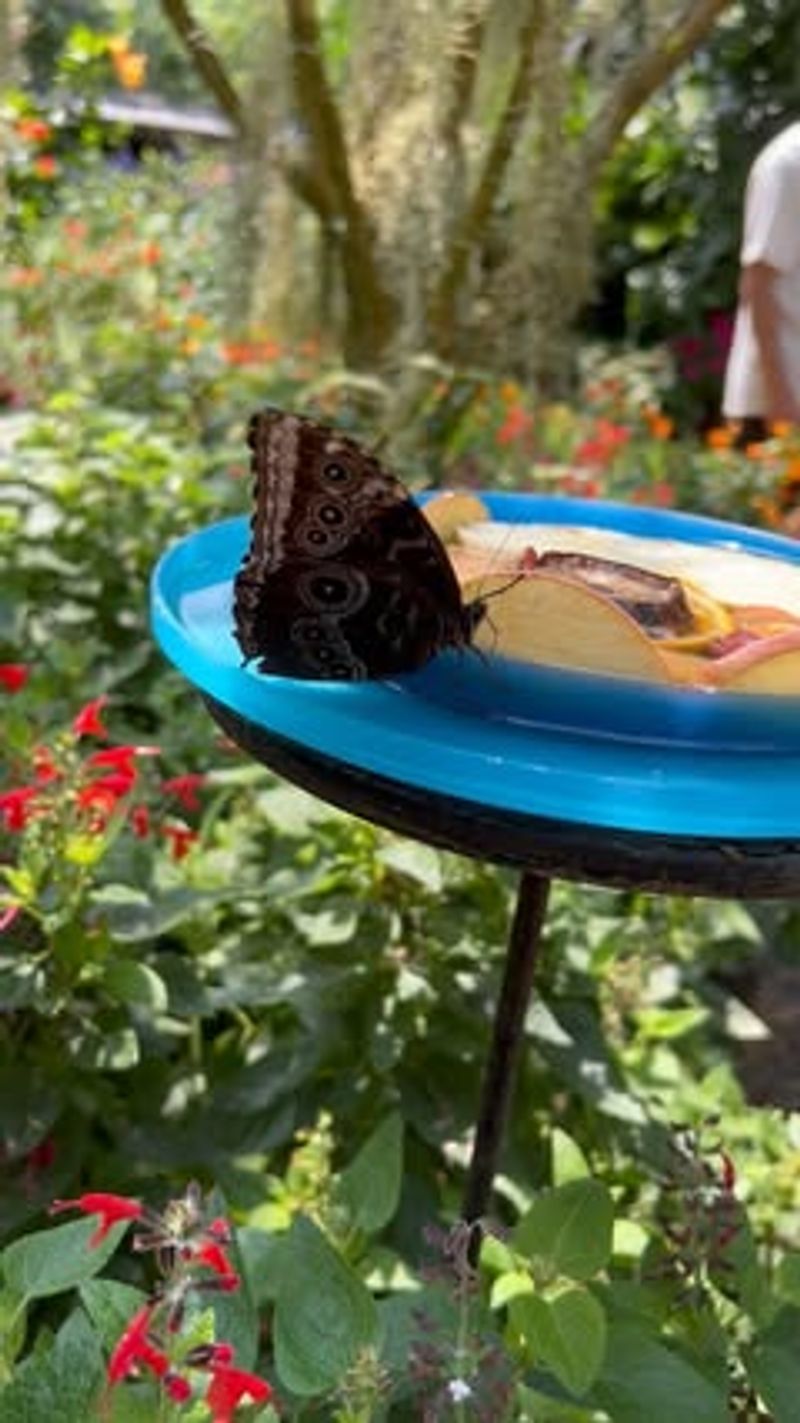As winter approaches in South Carolina, butterflies are looking for a safe place to rest and refuel. Your garden can become a welcoming stopover if you know the right tricks.
By choosing the right plants and providing cozy hiding spots, you can make it irresistible to these delicate visitors. I’ve spent seasons experimenting with ways to keep them lingering a little longer, and the results are magical.
Let’s explore how you can turn your yard into a butterfly haven before the cold sets in.
1. Plant Native Milkweed
Monarchs can’t resist this essential plant for laying eggs. In South Carolina gardens, native milkweed varieties provide both nectar and a place for caterpillars to munch.
The orange-flowered butterfly weed thrives in our sandy soils and requires minimal watering once established. Don’t cut it back until spring—those hollow stems offer crucial winter insect habitat.
2. Create Mud Puddles
Butterflies need minerals that aren’t found in nectar. A shallow dish filled with damp sand and a pinch of sea salt creates the perfect puddling station for thirsty visitors.
Male butterflies especially love these spots across South Carolina yards! Place your puddle in partial sun where butterflies can safely land and sip while warming their wings.
3. Install a Butterfly House
These decorative wooden shelters with narrow vertical slits provide protection from predators and harsh weather. Position yours facing southeast in a South Carolina garden to catch morning sun.
Add some small twigs inside where butterflies can perch. While butterflies rarely hibernate in these houses, they do use them for temporary shelter during storms and cool nights.
4. Grow Late-Blooming Asters
Purple asters burst with color just when migrating butterflies need them most. Their daisy-like blooms provide essential late-season nectar for travelers passing through South Carolina.
Plant these hardy perennials in groups of three or more for maximum visual impact. They’ll return year after year with minimal care, creating reliable butterfly fuel stations each fall.
5. Leave Fallen Leaves
Resist the urge to rake every leaf from your garden beds! Many butterfly species overwinter as chrysalises hidden in leaf litter throughout South Carolina.
Create designated “messy corners” where leaves can remain undisturbed until spring. These natural blankets protect developing butterflies from freezing temperatures while providing essential habitat for other beneficial insects.
6. Plant Fennel and Dill
Black swallowtail butterflies flock to these aromatic herbs to lay their eggs. The feathery foliage serves double-duty in South Carolina gardens – seasoning for your kitchen and food for hungry caterpillars.
Allow some plants to flower and go to seed. The yellow umbels attract adult butterflies while ensuring you’ll have volunteer seedlings popping up next season.
7. Add Flat Rocks
Butterflies are solar-powered creatures that need to bask in the sun to warm their flight muscles. Strategically placed flat rocks provide perfect perching spots in South Carolina gardens.
Choose rocks with dark colors that absorb heat effectively. Position them where they’ll catch morning sun but offer some afternoon shade during the hottest parts of our southern days.
8. Grow Goldenrod
Often mistakenly blamed for allergies, goldenrod actually provides crucial late-season nectar. Its bright yellow flower spikes become butterfly magnets in South Carolina autumn gardens.
Choose garden-friendly varieties like ‘Fireworks’ that won’t spread aggressively. Plant in full sun where the golden blooms will glow beautifully against the blue October skies of the Palmetto State.
9. Provide Shelter Shrubs
Butterflies need protection from wind and predators. Evergreen shrubs like wax myrtle create perfect windbreaks and overnight roosting spots throughout South Carolina.
Plant these native shrubs along the north side of your butterfly garden. Their dense branches offer safe havens during sudden storms and cool nights while still allowing butterflies easy access to nearby nectar sources.
10. Skip the Pesticides
Chemical sprays kill butterflies along with pests. Instead, attract beneficial insects like ladybugs and lacewings that naturally control garden troublemakers in South Carolina yards.
Hand-pick larger pests or use gentle solutions like soapy water for serious infestations. Remember that some leaf damage is perfectly normal in a healthy ecosystem—those caterpillar bites mean future butterflies!
11. Create Sunning Spots
Morning sunshine helps butterflies warm up and take flight. Clear some open spaces between plants where sunshine can reach the ground in your South Carolina garden.
South-facing locations work best for these butterfly sunning spots. Add some decorative gravel in these clearings—the stones will absorb heat and create cozy microclimates that butterflies love during cool autumn mornings.
12. Plant Zinnia Borders
Easy-to-grow zinnias keep blooming until frost, offering continuous nectar for late-season visitors. Their bright colors and landing-pad flowers make them butterfly favorites across South Carolina.
Choose single-flowered varieties that make nectar more accessible than fancy double blooms. Let some flowers go to seed—the dried heads provide winter food for birds while ensuring volunteer seedlings next spring.
13. Offer Water Features
Butterflies need shallow water sources for drinking. A birdbath with pebbles creating safe landing spots works perfectly in South Carolina gardens, where summer heat can be intense.
Keep the water fresh and shallow—just enough to reach the tops of the stones. Position your butterfly watering station near nectar plants but away from bird feeders to prevent these delicate insects from becoming an unexpected snack.

